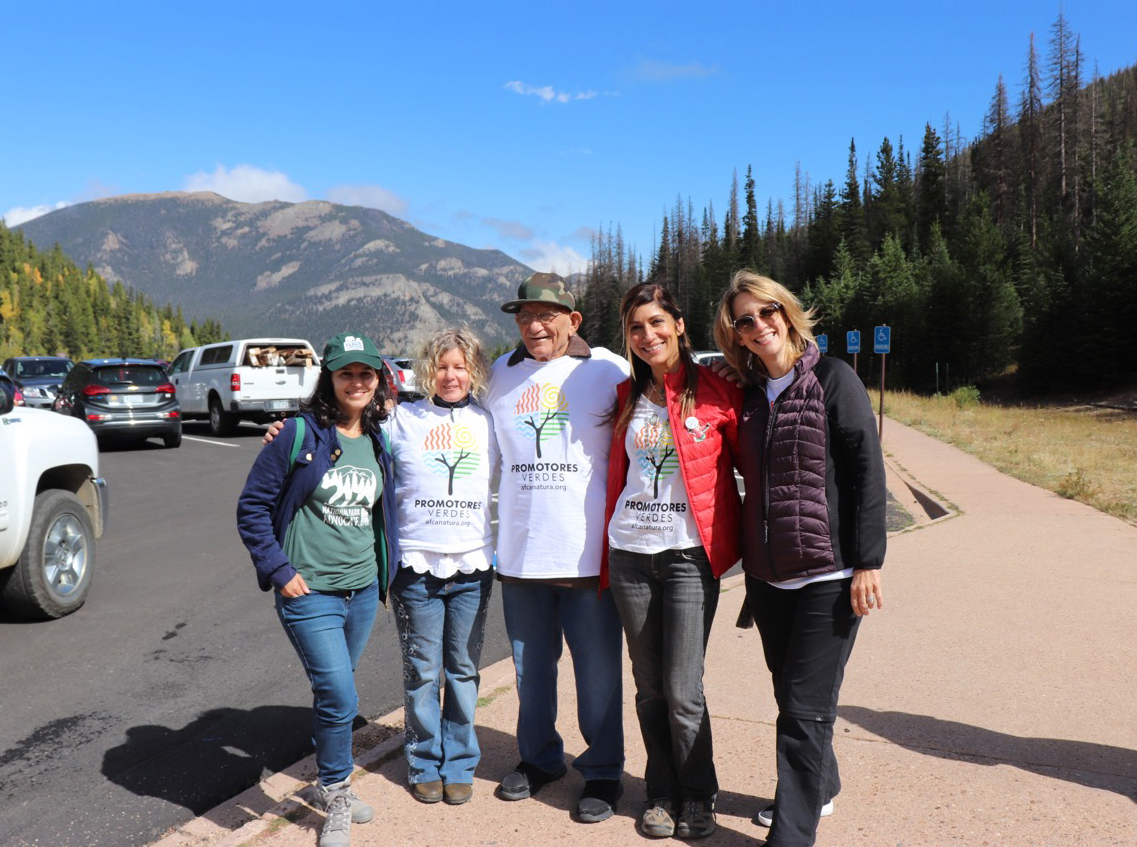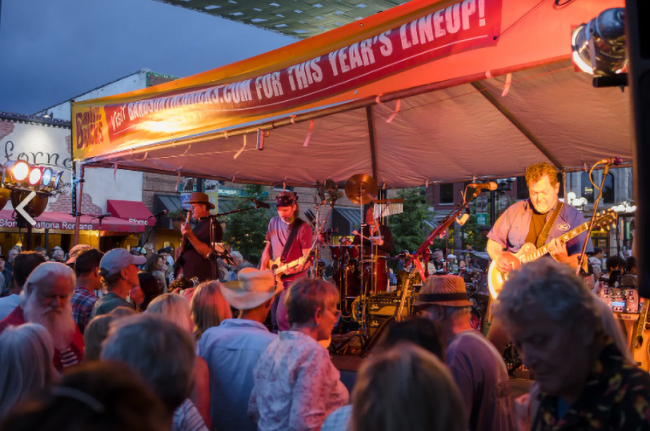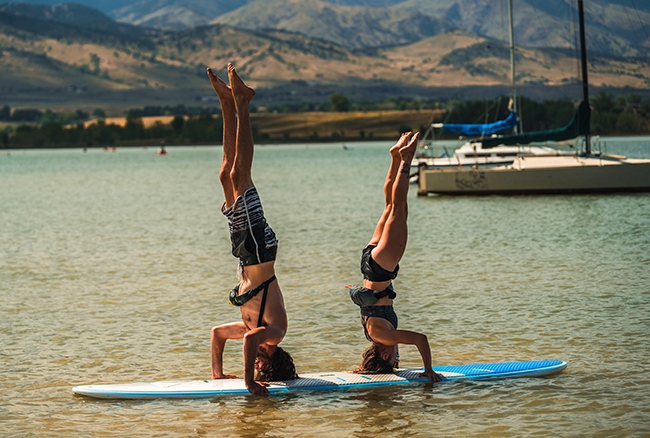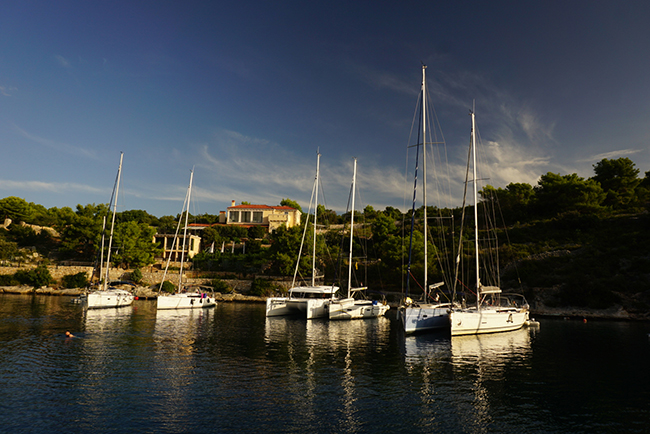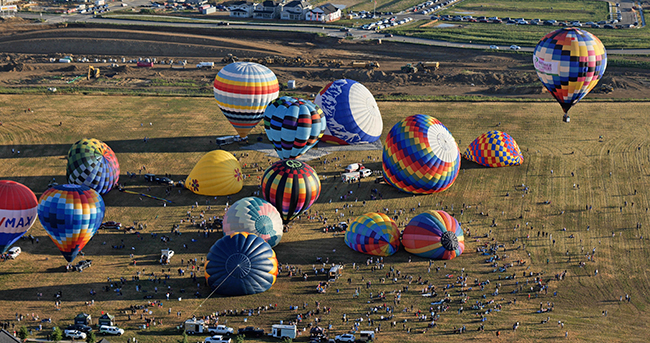Earth Guardians Fight Climate Change
02 Aug 2020
Despite a global pandemic and blatant attacks from the current administration, these young warriors against climate change remain focused and strong
By Vicki Martinez Photos courtesy Earth Guardians
They’re advocates, they’re leaders and they’re activists. And many of them aren’t yet old enough to vote.
At the forefront of Earth Guardians (EG), organizing young activists globally and vocalizing the group’s mission, are personalities both old — as in, been doing this a long time — and new.
Headlining the organization’s platform since he was six years old is Xiuhtezcatl (shoe-TEZ-caht) Martinez (Editor’s note: No relationship to the author of this article). His trademark long, dark tresses and brown eyes that sparkle with passion, yet drill deep into your soul, have made him somewhat of a global superstar in the environmental activism arena. While Martinez, now 20, remains active within the Earth Guardian organization, much of his passion is currently focused on EG’s Indigenous Youth Leadership Initiative, a cause near and dear to his heart.
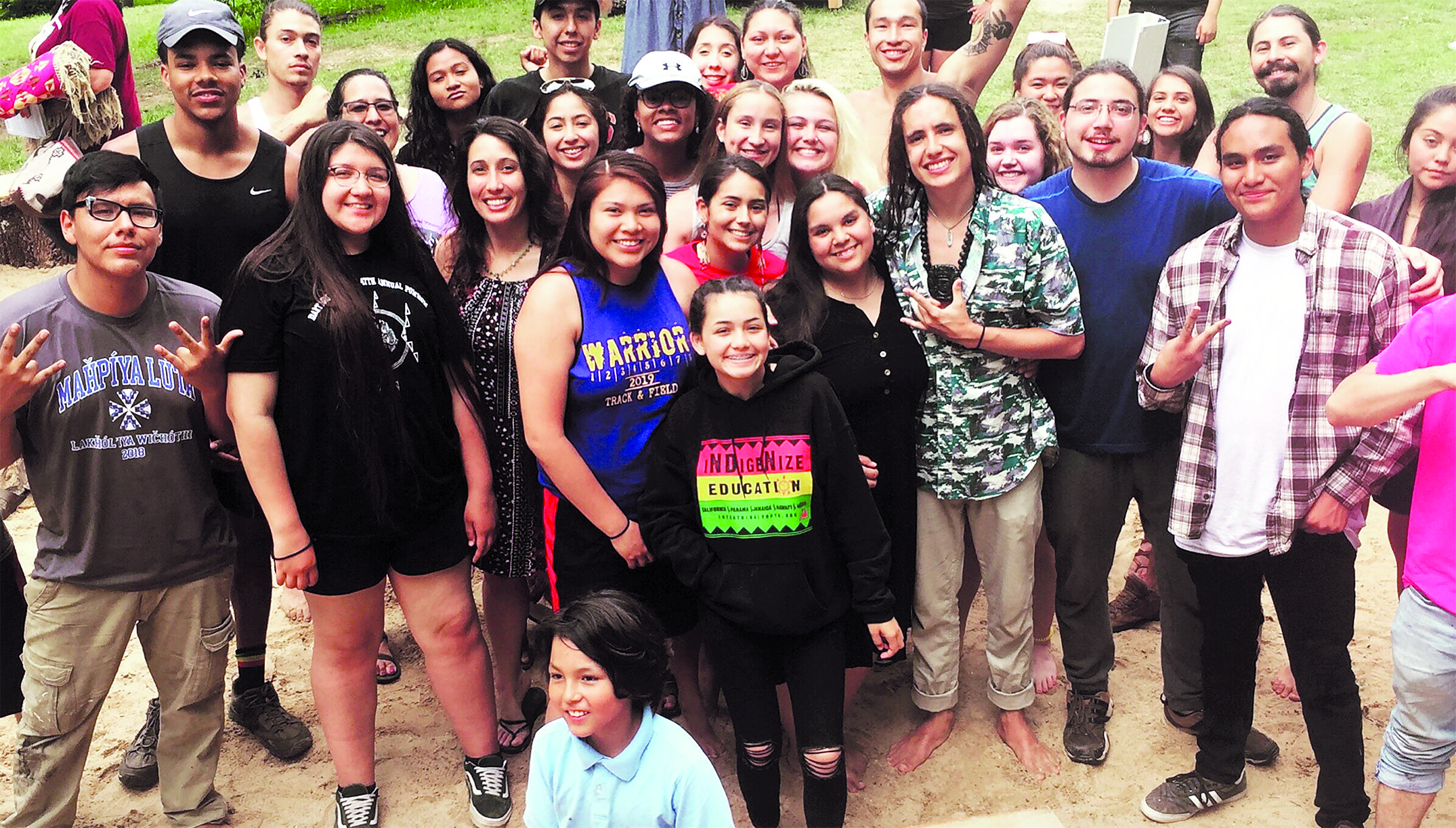
As the primarily youth-led organization continues to expand, young new faces have emerged. One such face: 18-year-old Marlow Baines, a recent high school graduate from Boulder. Baines will attend Quest University Canada in the fall of 2021. Until then, she plans to take a gap year to “focus wholeheartedly on Earth Guardians,” fully embracing her new role as fellow youth director alongside Martinez.
Not a stranger to speaking up and out for climate change and social injustice, Baines developed a deeper conviction after realizing the lengths to which some people will go fighting for what they believe in. “[In 2016] I went to Standing Rock* and witnessed firsthand this movement of thousands of people, working and standing for a more equitable and regenerative future,” she says. It was a pivotal moment for her. Upon returning to Boulder, she became earnestly and deeply involved with the Boulder-based organization.
* Standing Rock
Beginning in 2016, an encampment lasted nearly two years while thousands conducted peaceful protests against the Dakota Access Pipeline. The proposed construction site was less than a mile away from the Standing Rock Sioux Reservation. The potential for a spill into the nearby Missouri River would pollute the main water supply for the indigenous population.
Since then, Baines has become an impressive and tireless champion for climate and social justice, keynoting at venues across the nation and speaking at Boulder City Council, Boulder County Commissioner and state Senate Committee meetings. She’s been active, sitting on panels and committees for multiple youth-driven councils, coalitions and alliances, and served as the EG global crew director.
In 2019, Baines was one of the lead organizers for the Colorado Climate Strikes, part of the international Climate Strikes where millions of youth poured into the streets, demanding climate action now. Baines emceed the Colorado event, which drew a record audience of 15,000 strikers. Shortly after, she stepped into her new role as fellow youth director.
One of the goals of Earth Guardians is to train younger generations to become effective advocates for environmental justice, creating a united voice to be heard globally. “We’re training youth to be organizers and leaders today,” Baines says. “Yes, we are the future. We’re the ones who will be in power in twenty years … but what can we do now?”
She’s not just talking about organizing more strikes and protests. She’s talking about taking action. “When youth are inspired, they come to Earth Guardians and we give them the tools and resources they need to go back into their communities, to look for what issues are going on. Then we help them devise and create solutions to tackle those issues,” she says. “The idea is that we start by building local change, then we come together as a global community to create the future that we want to see.”
With the onset of a global pandemic dominating the media limelight, it might seem that environmental protests and strike-driven movements have been derailed. Baines disagrees. “We’re used to getting ‘no’ as an answer and having to push forward, shifting our message, fine-tuning our plan so that the answer becomes a ‘yes.’”
That’s exactly what the organization did in response to COVID-19. “We completely reoriented the way we do things. We had to pivot and transition so we can continue to support our crews in ways that are not in-person based,” she says.
All EG leadership programs shifted to virtual training. The selection of and access to online resources was expanded. Rather than cancel the massive three-day strikes planned for Earth Day, they turned to social media, switching to a virtual platform. And they’ve directed more energy to their Youth Voting Campaign. In addition to a focus on increased voter registration among young people, the campaign also educates youth on how to vote, how to understand ballot issues and how to find out which politicians and corporations back each initiative.
“That’s the beautiful thing about this movement,” says Baines. “We’re amazingly resilient.”
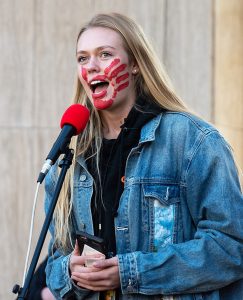

Earth Guardians’ Mission
“The Earth Guardians organization inspires, informs, engages and invests in its impactful community of over three hundred youth activist crews across the world. We provide the platform, resources and collaborative opportunities necessary to elevate their voices and strengthen the positive impact they are having in their communities and the world.”
Indigenous Youth Leadership Initiative
The events at Standing Rock were a powerful catalyst for new ideas and reinforced commitments to change. Hundreds of young people like Marlow Baines were inspired to return to their communities and dive deeper to effect change.
“In a lot of ways, Standing Rock was a youth-led movement,” says Kellie Berns, Earth Guardians national program director. “After witnessing the incredible up-springing of youth pride and initiative, Xiuhtezcatl and I began developing the idea of the Indigenous Youth Leadership Initiative.” They were inspired to re-create those powerful experiences under the EG umbrella, realizing “the importance of having indigenous youth at the forefront of the climate justice space.”
Berns explains that the goal of the initiative is to create an intersection of cultural resilience within the environmental justice movement. “We foster a space where these young people can come and learn from each other about their traditions and cultures, while bringing their earth-based ways of life into the climate-sphere,” she says.
In 2019, Earth Guardians held their first indigenous youth training. Participants were trained on how to:
- Organize campaigns
- Talk to the media
- Be strategic with nonviolent direct action
- Understand environmental law and treaty rights and where they intersect
- Decolonize oneself from 500 years of colonization
- Lead decolonization movements
- Implement planting of traditional medicine and food gardens
- Become mentors for other youth on the reservations and in urban neighborhoods
The results were astounding. They saw indigenous youth keynoting for Climate Strikes in 2019, writing powerful pieces for Vogue magazine and speaking directly to senators and state representatives, including Speaker of the House Nancy Pelosi. Many of the newly developed leaders are heavily involved with the EG Voting Campaign, specifically targeting indigenous people to encourage and grow the Native American vote.
“Native peoples are really the first environmentalists,” says Berns. “They are inherent land defenders and water protectors. It’s our job to cultivate them as leaders so they can take that light and that spark back to others in their communities.”


